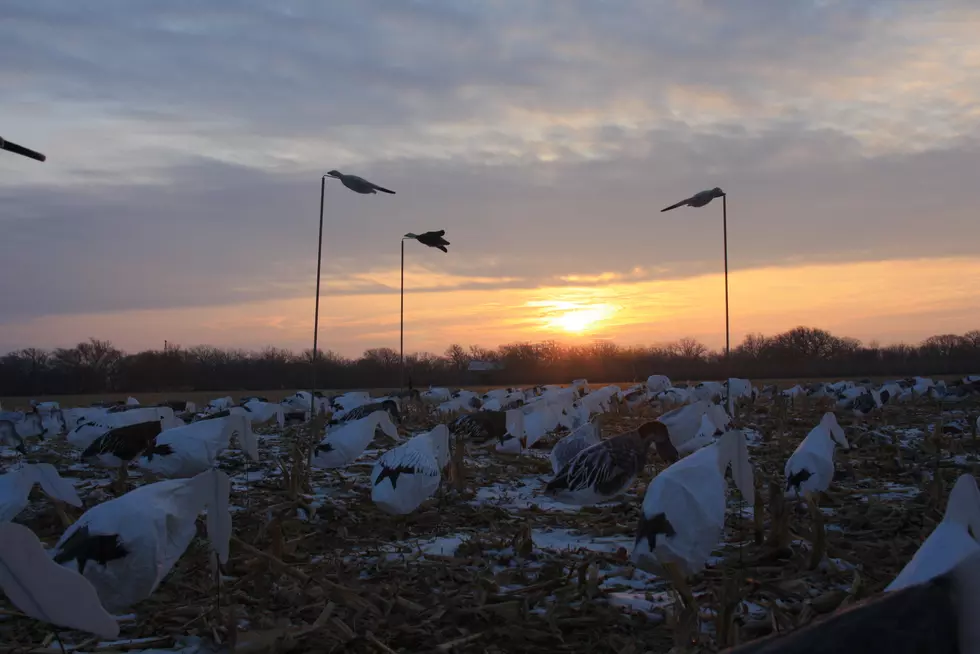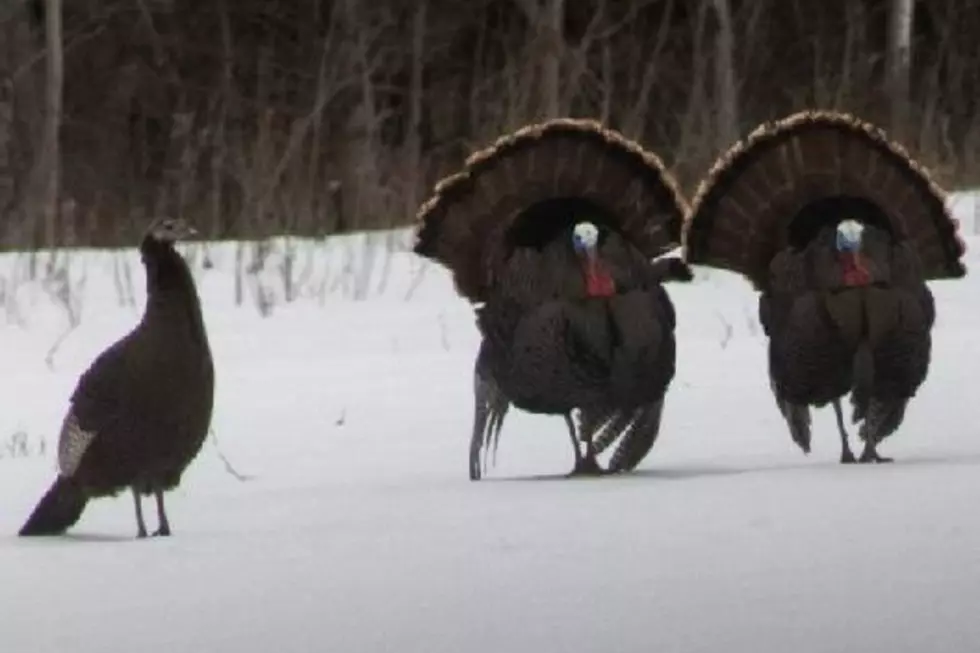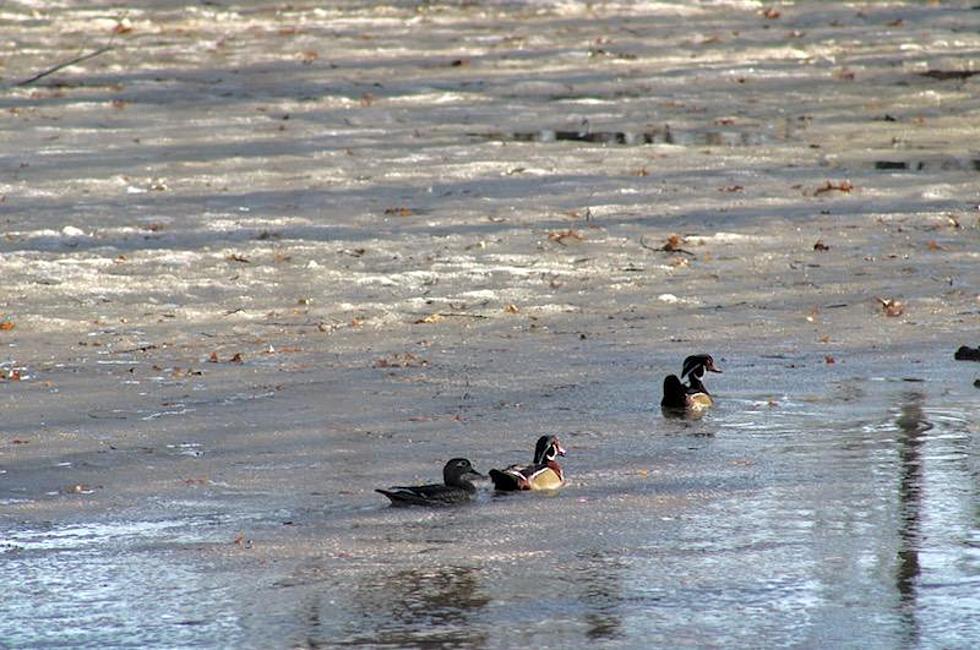
Early Spring Snow Geese and Maybe More
For those of us that are waterfowl junkies, we look for every opportunity to partake in our passion. For many, the spring snow goose migration is a way of extending the goose hunting forays into another season.
The snow goose migration typically brings geese northward once we reach the month of March. This migration movement takes wintering geese from the warmer climates north to their Canadian nesting grounds.
For those that have witnessed this migration, they will verify that it is nothing short of impressive and somewhat humbling. It is a spectacle that is hard to put into words.
Even though March is the month that is usually associated with snow goose hunting, for hunters that are anxious to get a jump on the spring migration, there are some opportunities that are available if a person is willing to travel. Two of the very early destinations I have hunted include Arkansas and Kansas.
As many of us have observed in recent years, there are geese and ducks that will stick around in the North Country for most of the winter. These birds will tolerate cold and snow provided they have access to open water and food.
The same is true in other states. Although the bulk of the snow geese move way south, there are areas that will hold snow geese for the entire winter. Moving water and large impoundments rarely freeze during a normal winter and the geese take advantage of it.
If a person makes a trip south early enough, it is possible to partake in late season goose hunting for species other than snows. In these locations, Canada geese and speckle bellies are open into February. Because this is before the implementation of the Conservation Order, unplugged shotguns and electronic calls are not allowed.
Due to the mixed bag opportunities, most of these early hunters will put out Canada geese decoys along with their snow goose spread. These birds commingle naturally and will not be spooked by seeing a mixed spread when they come in. Some hunters utilize a mixed spread all the time, even when targeting snow geese under the Conservation order in March.
The trick in working a mixed bag of geese comes in adjusting the amount of movement in a spread. Canada geese do not like as much decoy movement as snow geese do and it can be tricky to find the right combination that will work for both.
Calling is another issue in the mixed bag season. Snow geese and Canada geese sound very different from each other so hunters must be able to call and communicate with each by using their hand calls. This means two different sets of calls will be needed.
Watching geese work a spread is something waterfowlers never get tired of. Whether a person hunts the Conservation Order period or goes early to wrap up the final days of the regular goose season, there are some great late winter and early spring hunting adventures that can significantly extend the hunting opportunities for waterfowl junkies.
More From AM 1240 WJON









